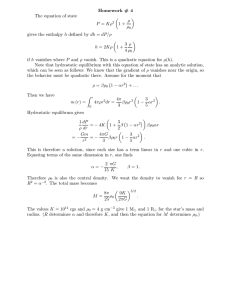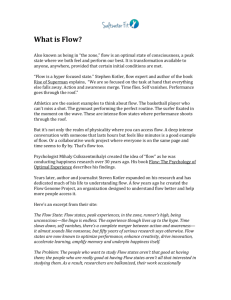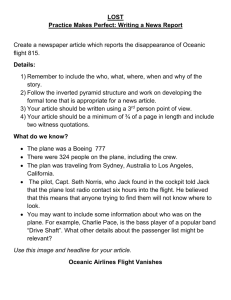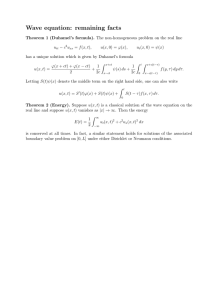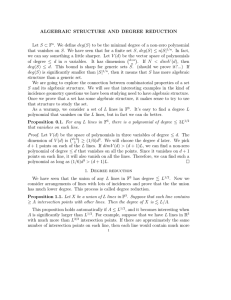ON THE ERROR OF A RECEIVED PRINCIPLE OF ANALYSIS, RESPECTING FUNCTIONS
advertisement
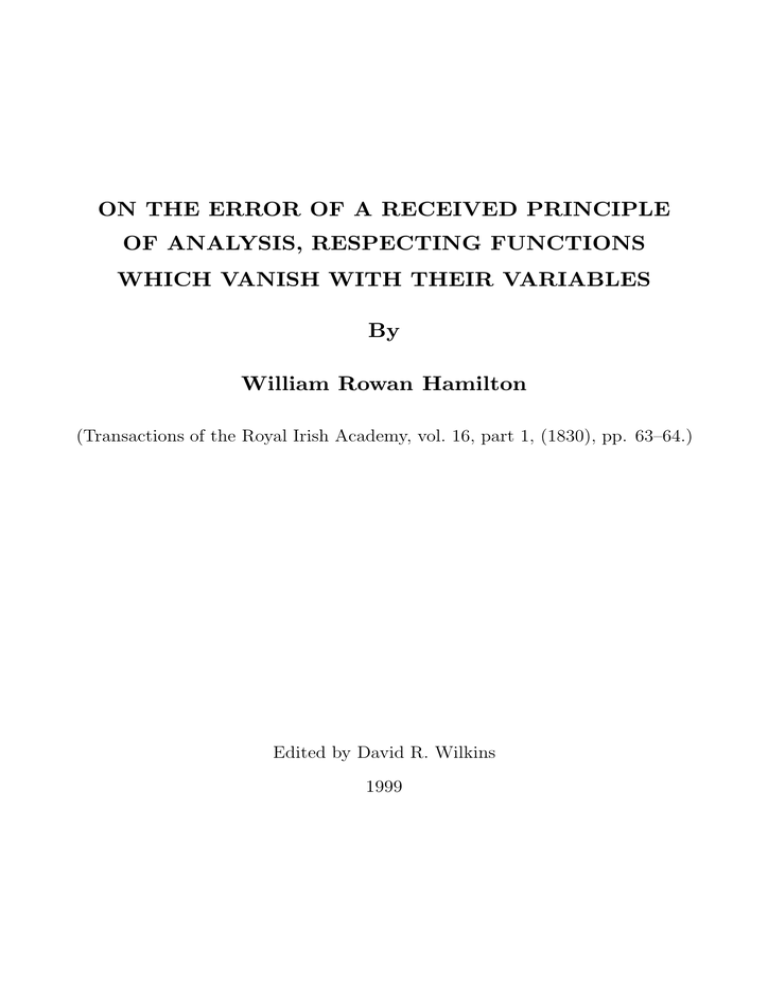
ON THE ERROR OF A RECEIVED PRINCIPLE OF ANALYSIS, RESPECTING FUNCTIONS WHICH VANISH WITH THEIR VARIABLES By William Rowan Hamilton (Transactions of the Royal Irish Academy, vol. 16, part 1, (1830), pp. 63–64.) Edited by David R. Wilkins 1999 On the Error of a received Principle of Analysis, respecting Functions which vanish with their Variables. By WILLIAM R. HAMILTON, Royal Astronomer of Ireland, &c. Read January 25, 1830. [Transactions of the Royal Irish Academy, vol. 16, part 1, (1830), pp. 63–64.] It appears to be a received principle of analysis, that if a real function of a positive variable (x) approaches to zero with the variable, and vanishes along with it, then that function can be developed in a real series of the form Axα + Bxβ + Cxγ + &c., the exponents α, β, γ, . . . being constant and positive, and the coefficients A, B, C, . . . being constant, and all these constant exponents and coefficients being finite and different from zero. This principle has been made the foundation of important theories, and has not ever, so far as I know, been questioned; but I believe that the following example of exception, which would be easy to put in a more general form, will sufficiently prove it to be erroneous; since if the principle be true, it is by its nature universal. −2 The real function e−x , in which e is the base of the neperian logarithms, approaches to zero along with x and vanishes along with it. Yet if we could develope this function in a series of the kind described, we should have −2 x−α e−x = A + Bxβ−α + CX γ−α + &c. in which we might suppose α the least exponent; and then, while x approached to 0, the second member would tend to the limit A, which by hypothesis is different from 0; and yet, from the nature of exponential functions, the limit of the first member is zero. We conclude, −2 therefore, that the function e−x cannot be developed in a series of the kind assumed, although it vanishes with its variable; and consequently that, if we only know this property of a function, that it vanishes when its variable vanishes, we cannot correctly assume that it may be developed in such a series. −2 If any doubt should be felt respecting the truth of the remark, that the function x−α e−x tends to zero along with x, when α is any positive constant, this doubt will be removed by −2 observing that the function xα ex , which is the reciprocal of the former, increases without limit while x decreases to zero. For we may develop this latter function, by the known theorems, in the essentially converging series, y 6−α y 8−α y 4−α + + + &c., 2 2.3 2.3.4 y being the reciprocal of x; and while y tends to +∞, the terms of this series remain all positive, and all after a certain constant number increase indefinitely. −2 xα ex = y −α ey = y −α + y 2−α + 2 1
